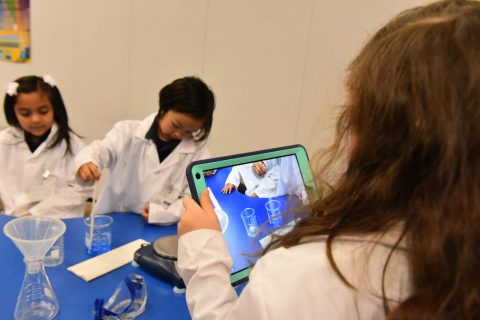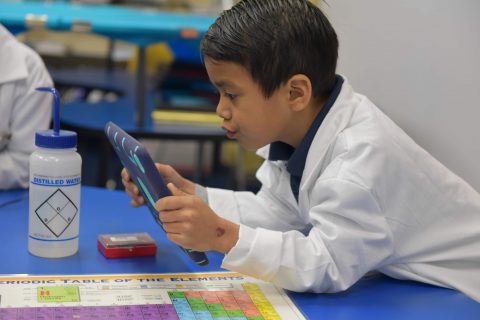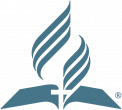Exciting things are happening at San Gabriel Academy, where almost 100 percent of the teachers in transitional kindergarten (TK) through grade 12 have been designing curriculum to better correspond with how the brain works. This effort is at the heart of Adventist education.

Cutting-edge teacher training in brain-based learning is being implemented throughout the curriculum this year. “This training enhances education by providing better diagnostics of student learning, curricula alignment, and stronger instructional practices,” said Andrew Carpenter, vice principal.
Learning begins in the earliest years, as TK and kindergarten students explore robots and their functions. The tiny robots used are unique in their ability to track motion and lines that the students make with a marker. Students are discovering that their robots can also be programmed to respond to different colored lines, and they are learning how to write code. This introduction to coding and robotics is sparking an interest in all things mechanical and electrical. Mazes and obstacles, which the robots can navigate, are being built by these 5-year-olds! Through coding, drawing, and building, students learn shapes and measurements, and even improve their handwriting.
A self-sustaining aquaponics system shows the relationship among living things by circulating water from a fish tank to a bed of growing plants. The fish provide waste materials that convert to food for the plants, while the plants act as a filtering mechanism for the water. Students enjoy feeding the fish, caring for the plants, and watching the rapid growth of both. They have tasted fresh mint leaves, smelled fresh basil, and observed changes in water temperature. Organic learning is a kindergarten highlight.

One day each week, students in grades 1 and 2 are introduced to the topic of discovery. Time is spent in the lab to prove or disprove their findings. They measure distance and learn about chemistry, the periodic table, and single displacement chemical reactions using phenol red, road salt, and baking soda. They take turns recording each step, and each group produces a video to show the other groups what they have learned. Brain-based learning continues in the elementary STEM (science, technology, engineering, and math) lab through grade 8.
High school biology classes conduct weekly water quality tests with an aquaponics system, built by students and faculty, to ensure optimal plant growth and fish health. “The biology research projects give students the opportunity to use the scientific method to further explore any topic in science that interests them,” said biology teacher Alyssa Cheung.
There are 15 ongoing projects, including testing the efficacy of essential oils against antibiotic-resistant bacteria and testing the memory of fish. The next phase includes an aquaponics/greenhouse center.
The goals of “serving others, growing in Christ, and aspiring to excellence” are always on the minds of San Gabriel Academy’s administration and faculty, and through these objectives and strategies, students have found a love for learning.

